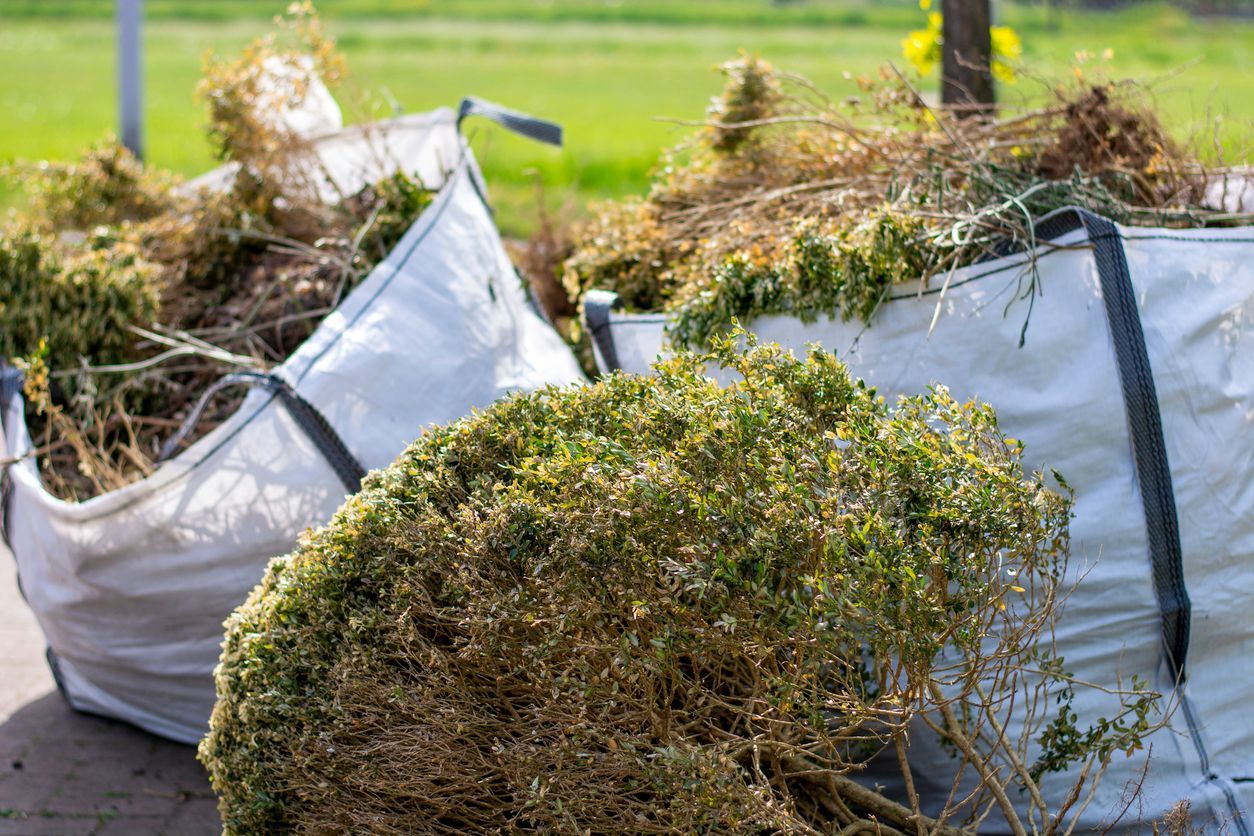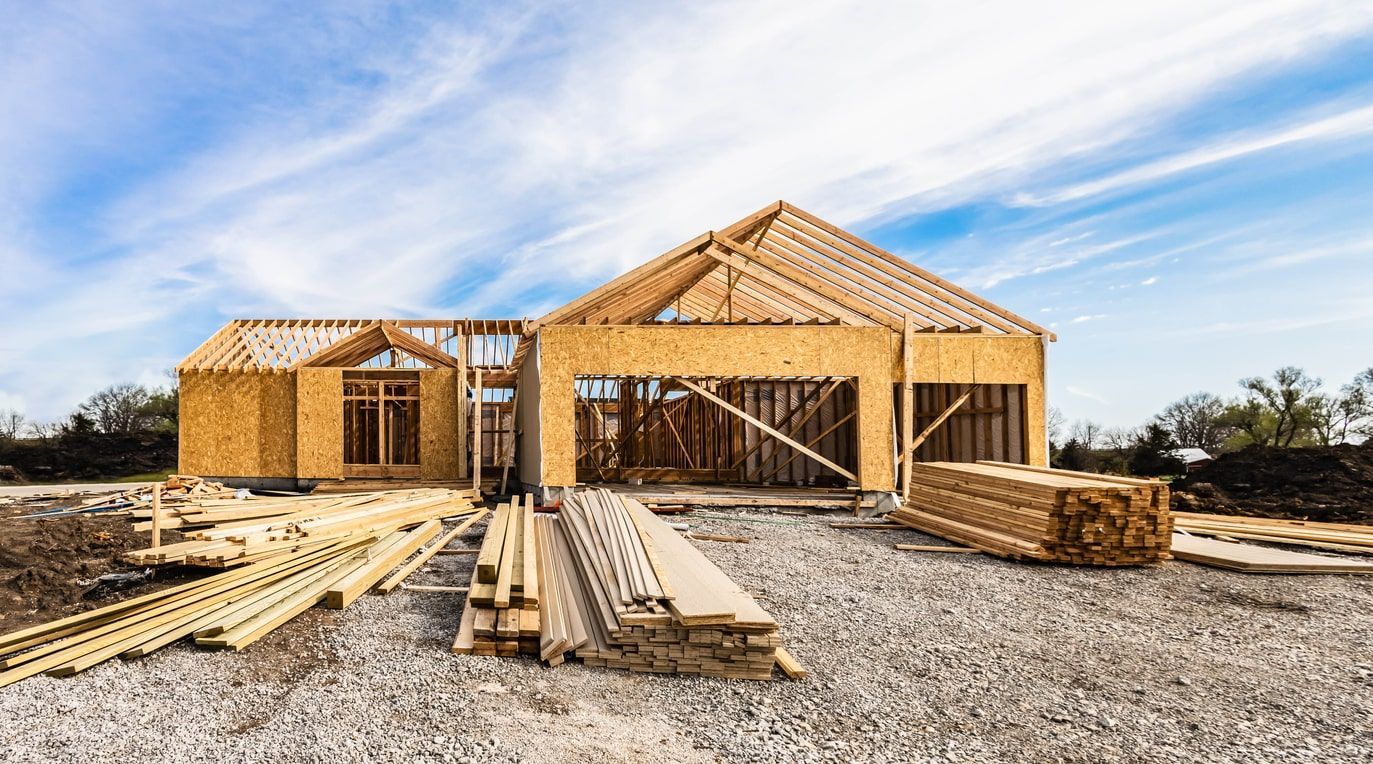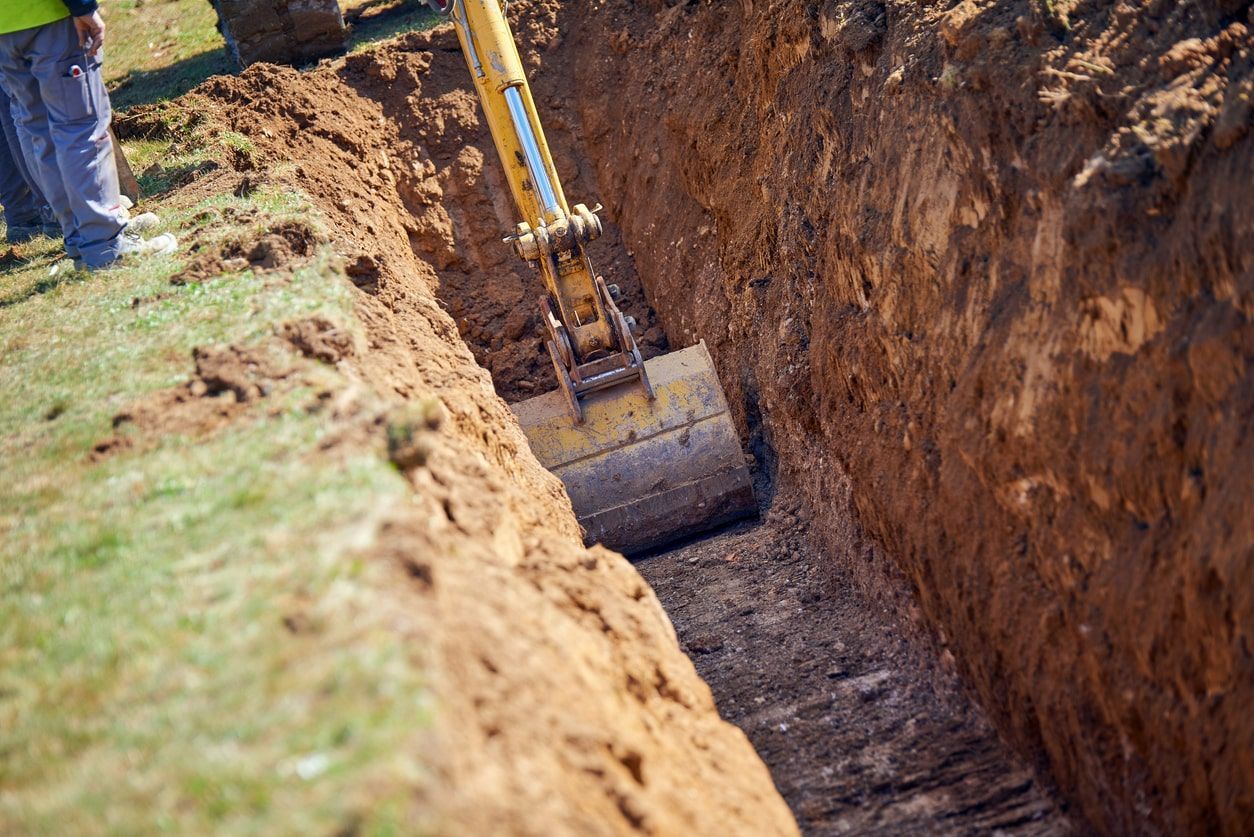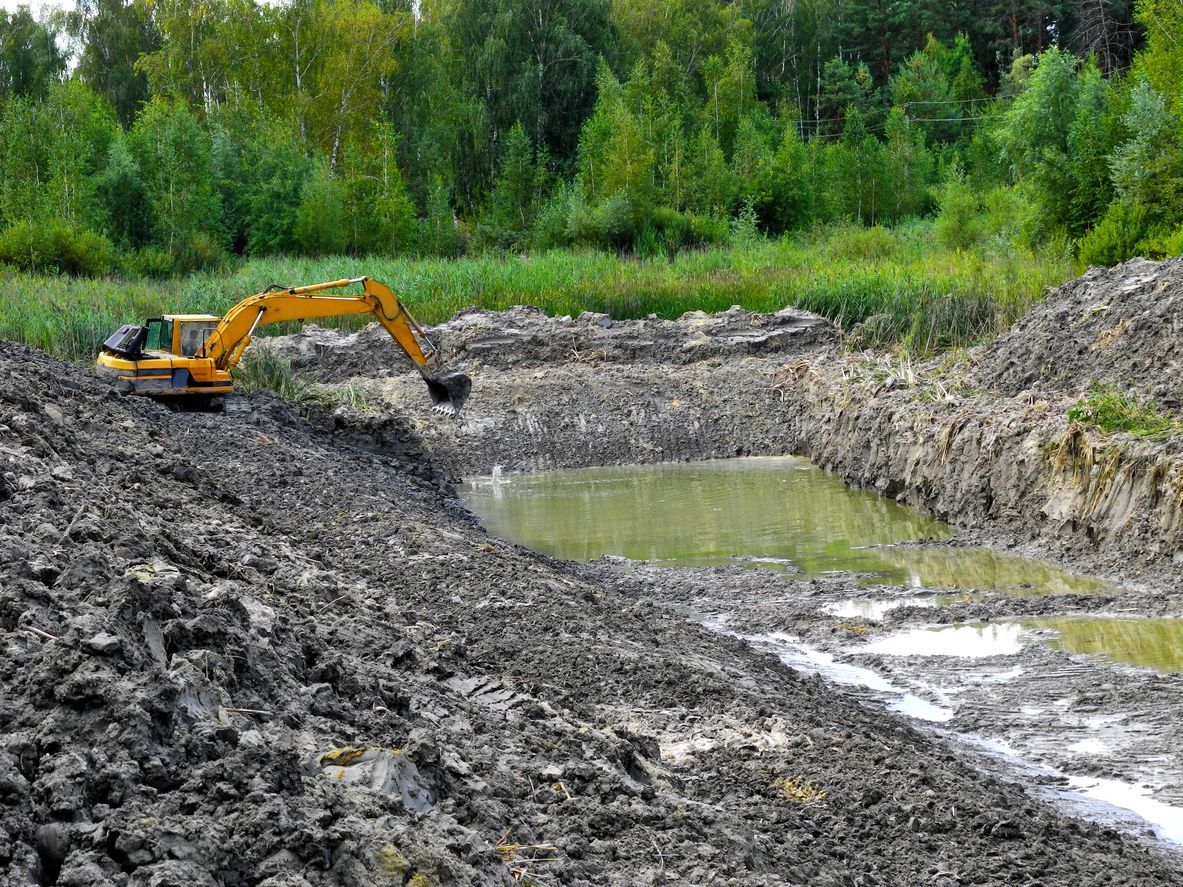Top 5 Landscaping Tips: How to Make Sure New Sod Survives
Date:
Installing new sod is an excellent way to quickly transform your yard into a lush, green oasis. However, the work doesn't end once the sod is laid down. Proper care in the early stages is crucial to ensure your new lawn establishes well and remains healthy.
Here are the top five tips to make sure your new sod survives and thrives:
1. Prepare the Soil Thoroughly
Before laying your sod, soil preparation is essential. Start by clearing the area of weeds, rocks, debris, and other impediments that could hinder the sod’s ability to root effectively. It’s crucial to ensure the soil is not too compacted; aerating can help improve its structure, allowing roots to penetrate deeply and evenly.
Next, consider the soil's nutrient content. Conducting a soil test can reveal deficiencies that might need correcting, typically with the application of the appropriate type and amount of fertilizer. Balancing the soil pH, usually between 6 and 7.5, depending on the grass type, is also vital for the best growth conditions.
2. Lay the Sod Properly
When it comes time to lay your sod, precision is key. Begin by laying sod along a straight edge, such as a driveway or sidewalk, and make sure the edges of the sod strips butt tightly against each other without overlapping or leaving gaps. Stagger the joints in a brick-like pattern to avoid lines running across the lawn, which can encourage water to channel and erode the soil beneath.
Press down on the sod once laid to ensure good contact with the soil beneath, eliminating air pockets that can dry out roots. For larger areas, consider renting a roller to press the sod evenly.
3. Water Wisely
Watering is perhaps the most crucial part of sod care immediately after installation. The goal is to keep the sod moist but not waterlogged. Begin watering your new lawn within 30 minutes of installation. During the first two weeks, water the sod enough to soak the first few inches of soil, encouraging deep root growth.
Be vigilant with your watering schedule, watering multiple times a day if necessary, to prevent the sod from drying out. However, avoid excessive water pooling, which can suffocate the roots. After the first few weeks, gradually reduce watering to help the roots grow deeper into the soil, seeking moisture.
4. Control Foot Traffic
In the first few weeks after installation, your new sod is vulnerable. Foot traffic can compact the soil, displace the sod, and inhibit root establishment. Keep pets and people off the new sod for at least two weeks. If you must walk on the sod, try to distribute your weight evenly and avoid repeated paths.
5. Mow and Maintain Carefully
The first mowing should take place after the sod has begun to root, typically two to three weeks after installation. Check if the roots are establishing by gently lifting a corner of a sod piece; if there’s resistance, it’s rooting well. When mowing, set your mower to a higher setting to avoid cutting the grass too short, which can stress the plants and lead to disease susceptibility.
Continue to monitor your lawn's health as it establishes. Keep an eye out for signs of pests or diseases. Fertilize appropriately based on the results of your soil test and the specific needs of your grass type. Regular maintenance, including periodic aeration, proper mowing, and timely fertilization, will ensure your new sod develops into a durable, beautiful lawn.
By following these tips, you’ll be well on your way to having a successful, verdant lawn that not only boosts your property’s curb appeal but also provides a pleasant, green space for your outdoor activities. Remember, the key to sod care is ensuring the roots can establish quickly and deeply, so focusing on soil health, careful watering, and protection in the initial weeks will yield the best results.
Want no-hassle sod?
Leave the work and the worry to us at West Way. We'll install your sod and help you make sure it thrives. Get in touch now.






